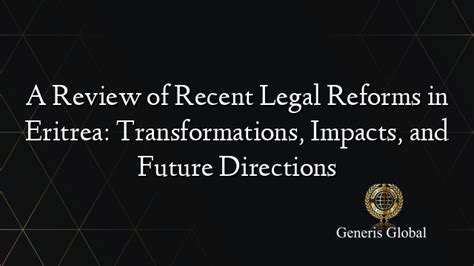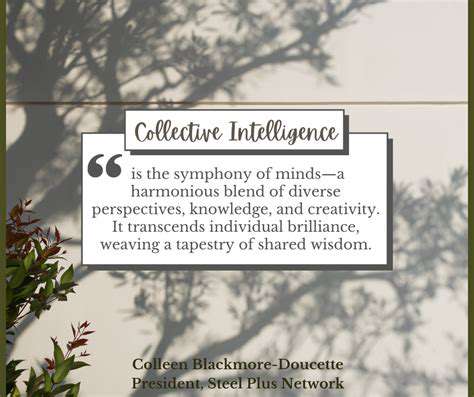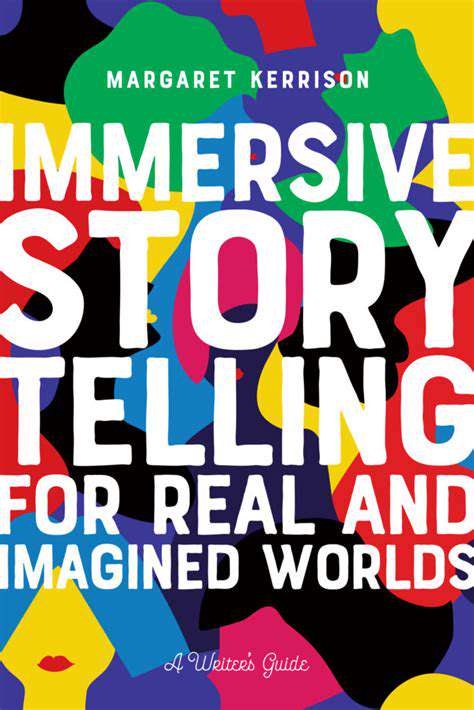The Role of Avatars in Metaverse Social Dynamics
Anonymity presents both opportunity and risk in equal measure. While it empowers marginalized voices to speak freely, it also removes accountability that typically prevents antisocial behavior. Thoughtful community management and clear behavioral guidelines become the bedrock of healthy virtual spaces.
Community Formation and Group Dynamics
Avatar-driven platforms enable niche communities to flourish around shared passions, whether gaming fandom or avant-garde art. These digital gathering spots, like storytelling hubs, often develop their own cultures and inside jokes, creating powerful in-group bonds. For individuals facing physical or social barriers offline, these virtual tribes can become lifelines of acceptance and understanding.
Yet digital communities face unique growing pains. Without shared physical experiences, connections may lack depth, remaining at the acquaintance level. The healthiest virtual groups find ways to bridge the digital-physical divide, perhaps through video calls or real-world meetups when possible.
Shifting Perceptions of Identity and Self-Expression
Virtual worlds offer safe laboratories for identity exploration. Users can test-drive different personas - adopting bold styles or shy dispositions they might hesitate to display offline. This experimental space proves especially valuable for teenagers discovering themselves or adults reevaluating long-held self-concepts.
However, when avatar customization becomes a means to completely reinvent oneself, it risks fostering dissociation. The healthiest approach maintains awareness that virtual experimentation should complement rather than replace authentic self-development.
Potential for Bias and Discrimination in Virtual Spaces
While avatars promise liberation from physical stereotypes, they often reproduce existing societal biases in subtle ways. Default avatar options frequently privilege certain body types, skin tones, or gender presentations, while customization menus might lack options for disabilities or non-Western features. Even virtual spaces develop their own social hierarchies based on avatar aesthetics or digital status symbols.
Impact on Social Norms and Cultural Understanding
Avatar-mediated interactions are rewriting the rulebook of social engagement. When someone's digital representation might hail from another continent yet speak your language flawlessly, traditional cultural cues become unreliable. These encounters can broaden perspectives through exposure to diverse viewpoints, but without real-world context, they also risk flattening cultural complexities into superficial stereotypes.
As metaverse platforms evolve, their greatest challenge lies in designing interaction frameworks that celebrate cultural diversity while preventing the formation of digital ghettos or echo chambers. The most successful virtual communities will be those that actively cultivate cross-cultural literacy alongside technological innovation.
Navigating the Challenges of Virtual Relationships
Navigating the complexities of digital intimacy
Avatar-facilitated relationships present a paradox - the very features that enable connection (anonymity, customization) also complicate emotional authenticity. While digital walls may lower initial social barriers, building lasting bonds requires navigating questions that don't exist offline: How much of this persona is performance? What lies beneath the carefully crafted avatar?
The Illusion of Presence and the Reality of Absence
Advanced avatars create convincing illusions of co-presence - your friend's digital representative might smile and nod appropriately, but can it convey the subtle tension in their shoulders after a bad day? The absence of involuntary micro-expressions and spontaneous physical reactions leaves emotional subtext to guesswork, requiring participants to develop new forms of digital emotional intelligence.
Building Trust in a Virtual World
Trust forms differently in avatar-mediated relationships. Without shared physical experiences or mutual acquaintances to vouch for someone's character, trust indicators become more abstract - consistency over time, digital body language patterns, and community reputation systems. Savvy users learn to look for behavioral tells that might reveal a person's authentic self beneath their digital veneer.
The Impact of Avatars on Identity Formation
Regular avatar use can lead to an interesting psychological phenomenon - the proteus effect, where people begin adopting characteristics of their digital representations. A shy individual using a confident avatar may gradually internalize those traits, while excessive roleplaying might lead to identity fragmentation. The healthiest approach treats avatars as facets of oneself rather than separate entities.
Ethical Considerations in Virtual Relationships
Digital spaces introduce novel ethical quandaries: Is romantic intimacy with an AI-powered avatar cheating? At what point does roleplaying cross into emotional deception? Emerging norms must address issues like digital consent, the right to be forgotten in virtual spaces, and protections against avatar-based harassment that falls into legal gray areas.
The Future of Virtual Relationships and Metaverse Interactions
As VR technology advances toward photorealism and haptic feedback, the line between virtual and physical relationships will continue blurring. Future platforms must balance immersive realism with clear indicators of digital mediation, ensuring users maintain awareness of a relationship's virtual nature while still benefiting from its connective potential.
The Future of Avatar-Driven Social Interactions
Avatar Customization and Personalization
The next generation of avatar technology will offer unprecedented self-expression tools, from dynamically aging appearances to accessories reflecting real-time achievements. Future systems might analyze your social media to suggest avatar updates, or use biometric data to subtly adjust your digital presentation based on mood. This hyper-personalization could help users feel truly seen in digital spaces while maintaining desired levels of anonymity.
Imagine logging into a professional metaverse meeting where your avatar automatically adopts business attire, then transitioning to a concert where your digital self sports glow-in-the-dark tattoos synced to the music's rhythm. Such seamless identity shifting could reduce social friction while allowing multifaceted self-expression.
Enhanced Avatar-Based Communication
Future avatars won't just mimic our words but embody our communicative essence. Advanced emotion recognition could translate micro-expressions into avatar animations, while AI might subtly emphasize your most passionate points during presentations. Haptic suits could allow avatar hugs to convey genuine warmth, and directional audio systems might replicate whispered asides in crowded virtual rooms.
This technological leap won't just improve existing communication - it will enable entirely new social rituals and interaction patterns unique to digital spaces, requiring users to develop fresh social competencies.
Impact on Social Dynamics and Relationships
Avatar-mediated spaces will give rise to novel social structures unconstrained by physical limitations. We might see the emergence of digital-native social classes based on avatar customization skills or virtual real estate ownership. Professional networking could transform as avatars allow instant region-appropriate attire changes for international meetings, while dating might involve compatibility algorithms analyzing avatar interaction patterns.
The most successful future platforms will be those that recognize avatars as more than visual representations - they're the foundation for new forms of social capital requiring thoughtful design and ethical frameworks.
Technical Advancements for Seamless Interaction
Breakthroughs in real-time rendering will enable avatars to show individual strands of hair moving naturally or fabric that wrinkles authentically when sitting. AI-driven animation systems might develop unique gesture patterns for each user based on their communication style, while low-latency networks will make virtual handshakes feel instantaneous across continents.
These technological strides won't just improve graphical fidelity - they'll enable avatar interactions to achieve an emotional resonance approaching in-person encounters, fundamentally changing how we perceive digital relationships.











